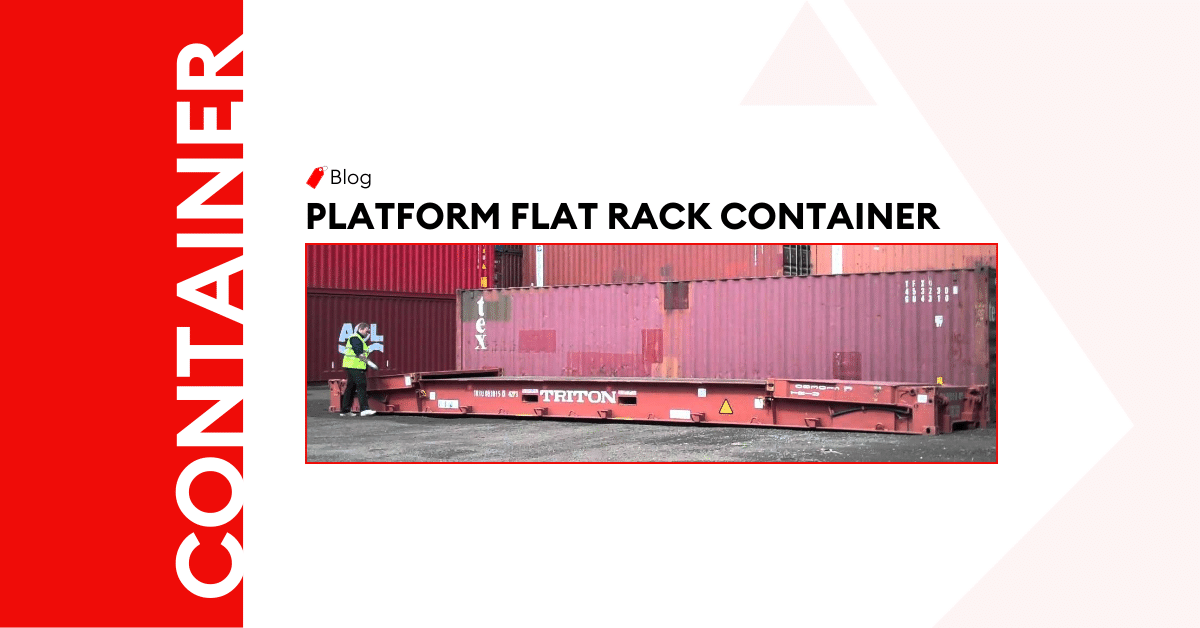
Platform Flat Rack Container: An In-depth Guide
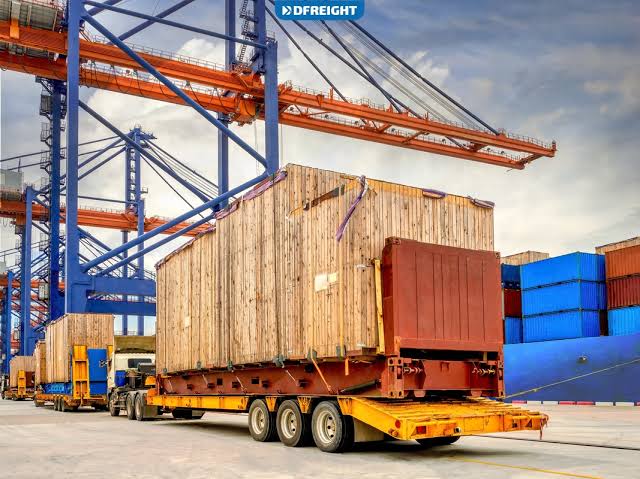
Introduction
In the dynamic world of logistics and transportation, platform containers are vital in efficiently moving oversized and irregular cargo. From heavy machinery to project cargo, these containers offer a versatile and secure solution.
This article explores unique design features, load capacity, and various applications of these shipping containers. Whether you’re a logistics professional seeking insights or an industry player looking to optimize cargo transportation, this one’s for you.
What is a Platform Container?
Definition and Purpose of Platform Containers
Platform shipping containers, commonly known as flat-racks or flatbed containers, have side walls with collapsible or removable end walls, resulting in a flat and open structure.
Their open design allows for flexibility in handling unusual goods. By using platform containers, logistical operators can securely load and secure items on the container floor or sides using chains, straps, or bracing to prevent shifting during transit.
Differentiating Platform Containers from Other Container Types
- Unlike other types of shipping containers, platform containers:
- Have an open and flat design, lacking side walls, and feature foldable or removable end walls
- Convey oversized, heavy, and irregularly shaped cargo that cannot fit into regular pallets and boxes
- Facilitate easy loading and unloading from the sides, not end openings
- Cannot be stacked when loaded with cargo due to their open structure
Key Features and Components of Platform Containers
- Open and flat design, no side walls, and collapsible or removable end walls
- Reinforced steel body and floor
- Corner posts and twist locks
- Lashing rings and cleats
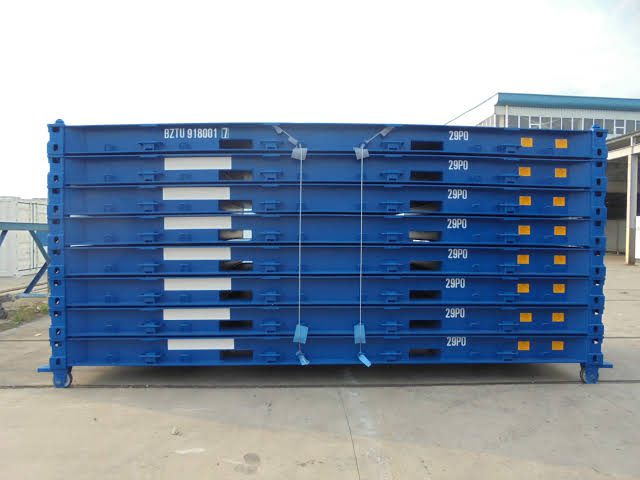
The Benefits of Using a Platform Container
Improved Loading and Unloading Efficiency
With no side walls and easy side-loading capability, cargo loading and unloading with cranes or forklifts reduces waiting times, and minimizes handling-related risks.
Cost Savings and Reduced Packaging Requirements
There’s efficient loading of oversized or irregular cargo without excessive packaging or disassembly, resulting in less material costs, labor, and time spent packing and unpacking cargo.
Enhanced Versatility for Different Transport Modes
No side walls allow for easy side-loading and unloading, making them suitable for transportation via ships, trucks, and trains. This seamless intermodal capability eliminates the need for cargo transshipment, reducing handling risks and delays.
Increased Security and Protection of Cargo
Reinforced structure and integrated lashing points inside platform containers ensure the cargo remains stable during transit. Also, the open sides enable continuous inspection and monitoring of the goods in transit, reducing the risk of pilferage and unauthorized access.
What are the Different Platform Containers Dimensions?
Common Heights and dimensions of platform container are:
Overview of Standard Sizes: 20ft and 40ft Platform Containers
The 20ft platform container is 20 feet (approximately 6.1 meters) long, while the 40ft variant is 40 feet (about 12.2 meters) long.
Internal and External Dimensions of Platform Containers
Dimensions of Internal Platform Container 20ft
Length | Width | Height |
5.89 meters long | 2.34 meters wide | 2.39 meters high |
Dimensions of External Platform Container 20ft
Length | Width | Height |
20 feet (6.1 meters) in length | 8 feet (2.44 meters) wide | 8 feet and 6 inches (2.59 meters) high |
Dimensions of Internal Platform Container 40ft
Length | Width | Height |
12.01 meters long | 2.34 meters wide | 2.39 meters high |
Dimensions of External Platform Container 40ft
Length | Width | Height |
40 feet (12.2 meters) in length | 8 feet (2.44 meters) in width | 8 feet and 6 inches (2.59 meters) in height |
Load Capacity and Weight Restrictions
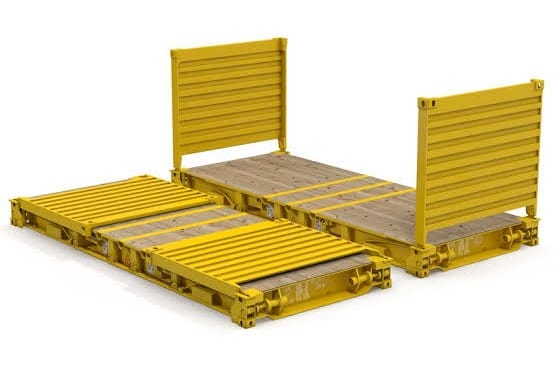
Generally, a 20ft platform container’s payload capacity is approximately 30,480 kg (67,200 lbs) while a 40ft platform container can handle a payload of about 34,000 kg (74,960 lbs). The container’s tare weight is typically around 2,200 kg to 3,000 kg (4,850 lbs to 6,600 lbs).
Characteristics of Platform Containers
Unique Design Features and Construction of Platform Containers
- Open and flat structure
- No side walls
- Either collapsible or detachable end walls
- Reinforced corners
- Robust wall and floor construction
- Integrated lashing rings and cleats facilitate secure cargo fastening.
Flooring and Load Securing Mechanisms
Typical flooring in a platform shipping container contains heavy-duty, high-strength steel or hardwood materials. Lashing points integrated into the floor and sides enable proper cargo fastening using chains, straps, or other securing methods.
Structural Strength and Durability
Container manufacturers use high-quality steel materials and reinforced corners when making shipping container platform, providing robustness and resilience to external pressures during handling and transportation. The lack of side walls reduces weak points, and heavy-duty steel or hardwood flooring offers excellent load-bearing capacity.
Get In Touch
The Most Common Applications of Platform Containers
Overview of Industries and Cargo Types That Utilize Platform Containers
Industries such as construction, mining, and heavy machinery rely on flat rack containers to transport oversized equipment and materials. Automotive and vehicle manufacturers utilize them to ship cars and other vehicles. Additionally, industries dealing with infrastructure development and aerospace often opt for platform containers to transport complex and irregularly shaped items.
Examples of Specific Goods Transported Using Platform Containers
Examples are heavy machinery like excavators, bulldozers, cranes, generators, compressors, steel beams, pipes, pre-fabricated structures, cars, buses, and other vehicles.
How Al Sharqi Can Help with Platform Container Shipping
At Al Sharqi, our proficiency in handling platform containers and specialized cargo ensures that hauling oversized and irregular goods involves utmost care and efficiency. Plus, Al Sharqi’s extensive network coverage for domestic and international shipping connects us to customers across various regions.
We utilize modern technologies with supply chain management solutions to provide real-time tracking and visibility of transported cargo. Speak with us today, and let’s get your business a platform container to manage cargo effectively.
Conclusion
Essentially, platform shipping containers are a reliable solution for transporting heavy machinery, construction materials, project cargoes, and other irregularly shaped items. As technology and global trade evolve, these cargo transport solutions will facilitate smooth domestic and international shipping operations. Utilizing these containers effectively will help your business compete in the dynamic world of logistics and supply chains.
FAQs
Our experience in the field and our global network
Platform containers typically come in two sizes: 20 feet and 40 feet. A standard 20-foot platform container is approximately 20 feet (6.1 meters) long and about 8 feet (2.44 meters) wide. The standard 40-foot platform container measures around 40 feet (12.2 meters) long and has the same width as the 20-foot variant.
Open and flat design, no side walls, reinforced corners, and integrated lashing points
In construction and mining, they transport heavy machinery, steel beams, pre-fabricated structures, and construction materials. The automotive industry utilizes them for shipping vehicles and machinery. Aerospace manufacturers use them for transporting large aircraft parts.
A platform shipping container has flat design, absence of side walls and often featuring collapsible or removable end walls. Unlike other container types, they accommodate cargo in heavy sizes and irregular shapes.
A platform container offers a specialized solution for transporting oversized and irregular cargo through its open and flat design, reinforced steel/wood structure, and integrated load-securing mechanisms.
Lifting a 40-foot shipping container requires heavy machinery and proper equipment due to its size and weight. Here’s a general outline of how it’s done:
Use Cranes or Forklifts: Cranes are commonly used to lift and move shipping containers. A crane with adequate lifting capacity is positioned near the container. For lighter lifting, a large forklift with extended forks can also be used.
Container Handling Equipment: Some ports and facilities have specialized container handling equipment, like straddle carriers or reach stackers, designed to lift and move containers safely.
Attach Lifting Gear: Use appropriate lifting gear, such as container spreaders or slings, to securely attach the container to the crane’s hook or the forklift’s forks.
Lifting Process: The crane or forklift operator carefully lifts the container off the ground and raises it to the desired height for transportation or storage.
Transport or Placement: Once lifted, the container can be transported onto a truck, train, or placed at its designated storage location. This requires coordination and skilled operators.
Safety Precautions: Safety is paramount during container lifting. Operators need proper training, and safety protocols should be followed to prevent accidents.
Verify Regulations: Check local regulations and guidelines for container lifting and transportation, as they may vary based on jurisdiction.
Related Articles
Who Is Responsible for Demurrage Charges?
When it comes to shipping, people dealing in the trade at times may get charged with unexpected bill
What Is the Difference Between Detention and Demurrage?
Every step in the logistics operations is carried out according to proper agreements and contracts.
The Ultimate Guide to Dry Container {Types, Dimensions & Specifications}
Introduction In the vast ocean of international trade, about 90 percent of cargo transport relies on




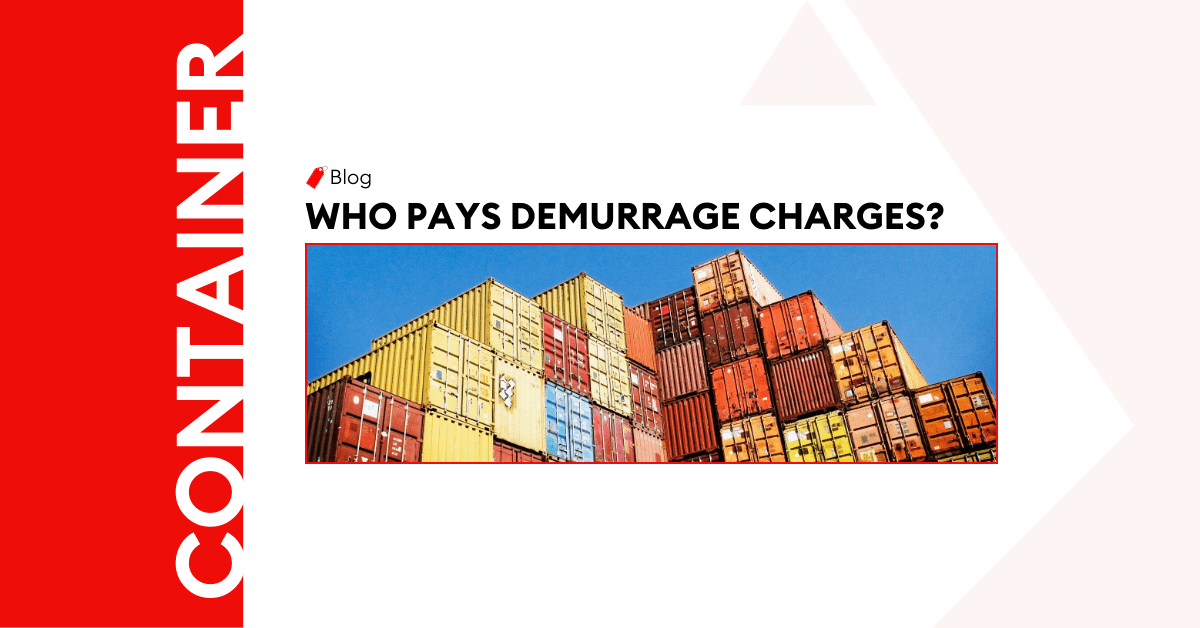
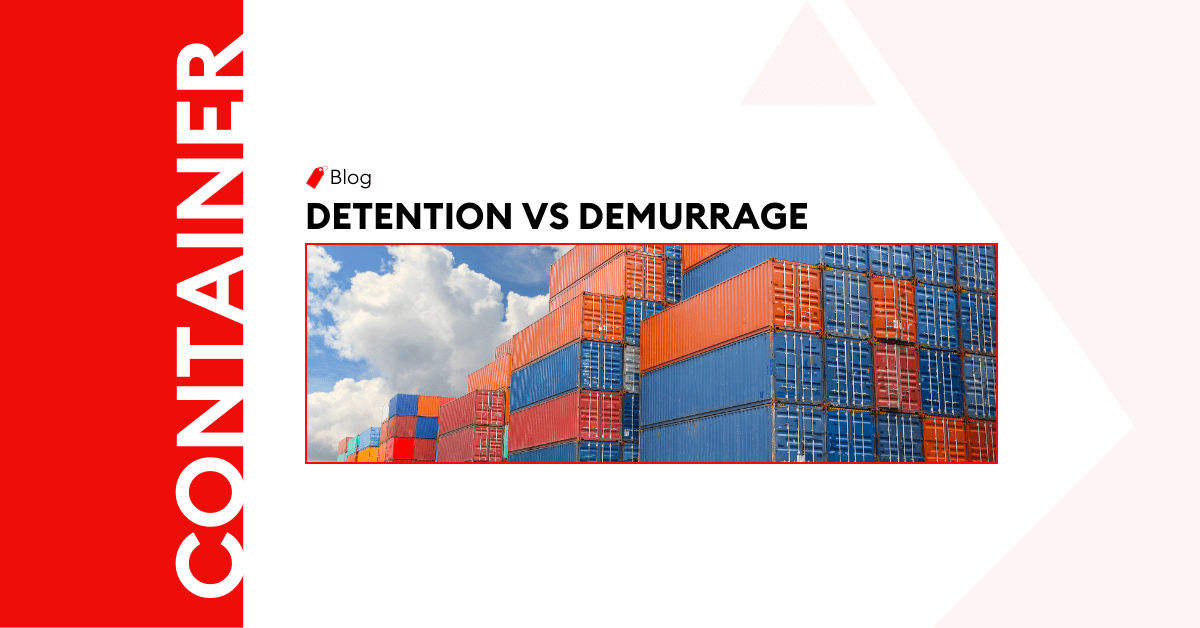
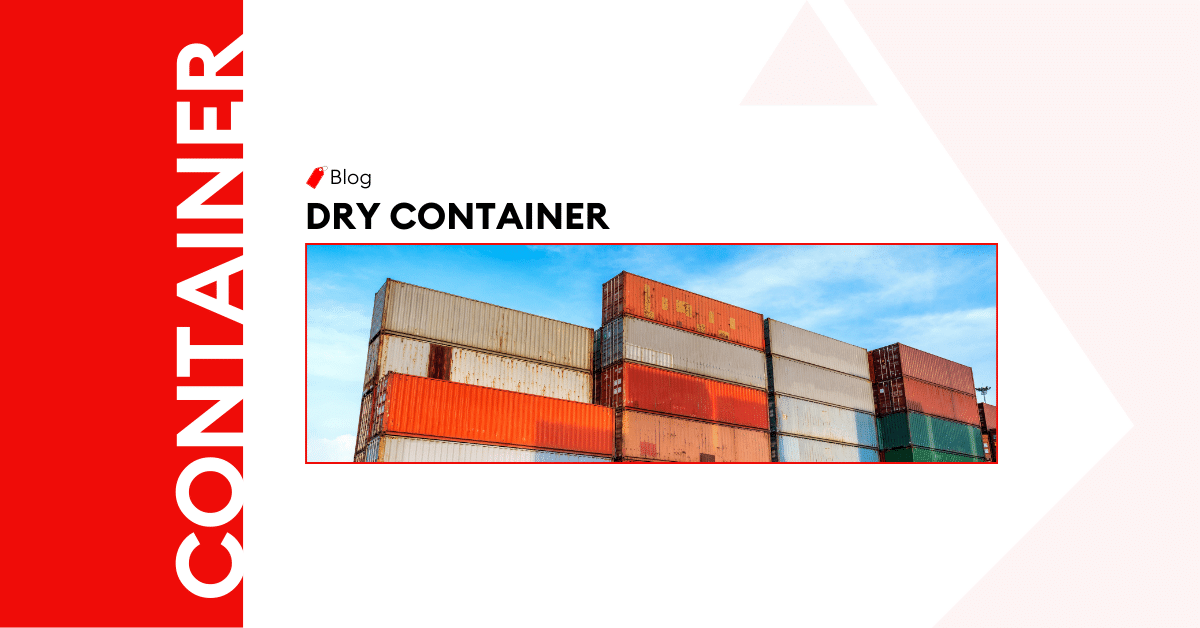
Post a comment
You must be logged in to post a comment.